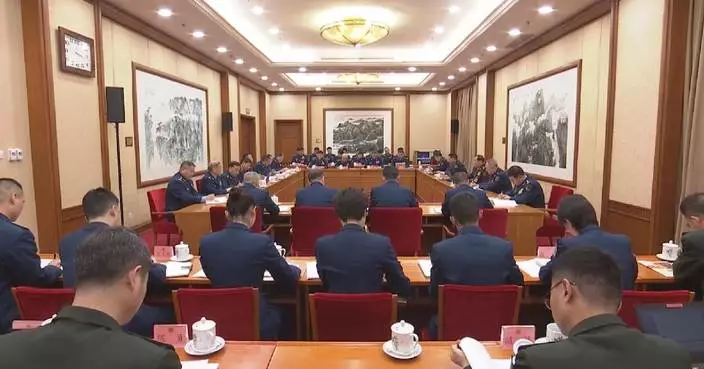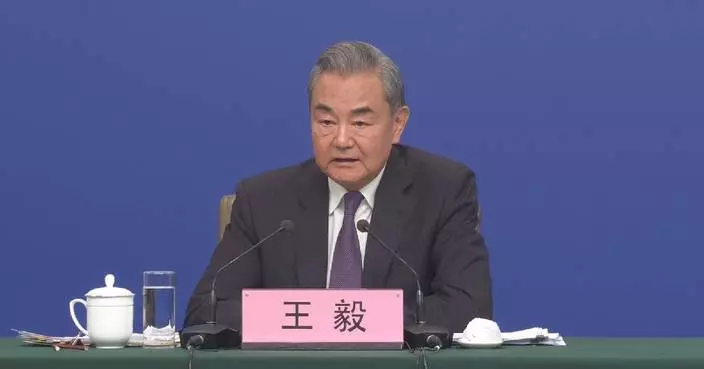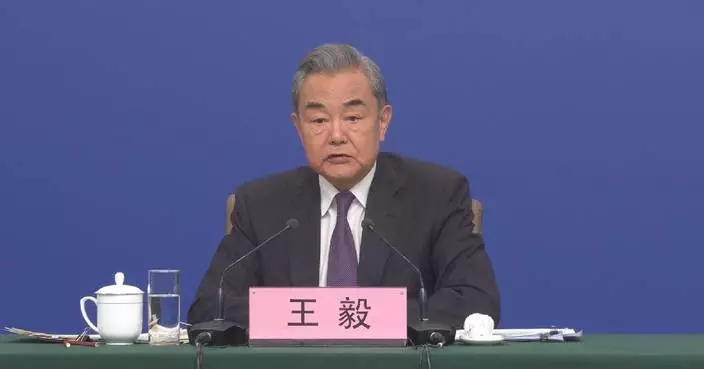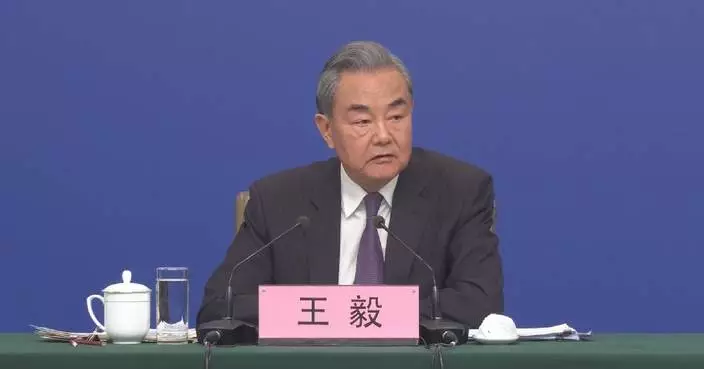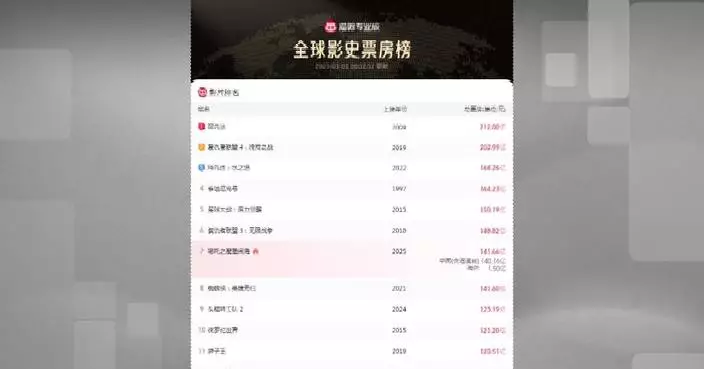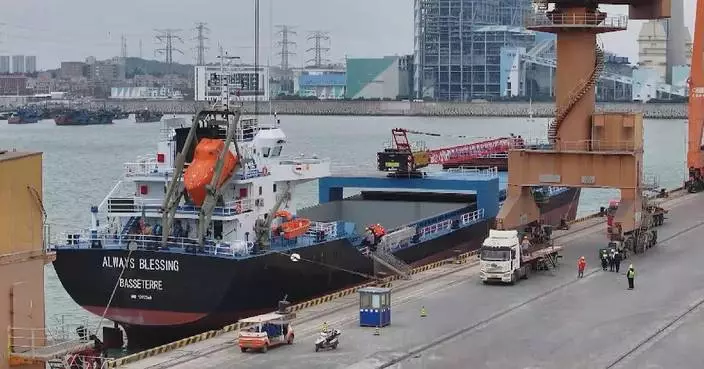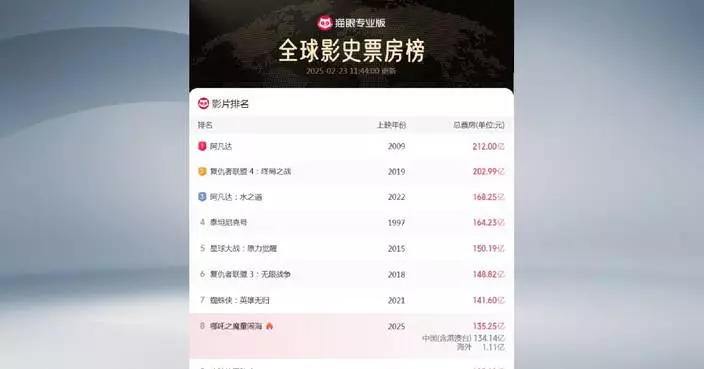The upcoming opening of the Chancay port, a massive Chinese-aided infrastructure project in Peru, will not only facilitate trade between the two sides, but also stands as a testimony of the time-honored ties between two ancient civilizations across the Pacific Ocean.
China and Peru boast a long history of ties, with the two countries first having contact at the end of the 16th century through trade and people-to-people exchanges along the famous ocean route of the Maritime Silk Road through galleon trade or "Nao de China".
Rodrigo Campos, director of the Tusanaje project, a cultural initiative that aims to promote and preserve the cultural heritage, history, and contributions of Peruvians of Chinese descent, pointed to these important historical connections stretching far across the Pacific.
"The Pacific Ocean has been really important for us. First of all, Peru is one of the few countries that have a capital city with a coast. And also because, for us, the descendants of Chinese, the sea, and the ocean have meant the path, the way of our ancestors coming and going. Because even when we nowadays travel to China often, but of course [when going] by the plane you see the ocean, the blue of the ocean, and how this is the connection and the path, when so many things from China come to Peru and so many things [from] Peru go to China," said Campos.
Ties between the two sides are set to receive another huge boost through the Chancay port, which lies in an once quiet coastal city about 80 kilometers north of Peru's capital Lima, and will connect the city with Shanghai across the vast Pacific Ocean. It is expected to be become one of South America's key trading hubs.
Chinese President Xi Jinping is set to attend to the inauguration ceremony of the Chancay port as part of his state visit to Peru from Nov. 13-17 at the invitation of Peruvian counterpart Dina Boluarte.
In a signed article published by Peruvian media on Thursday, Xi described the port as not only an important project under Belt and Road cooperation, but also the first smart port in South America. He noted the first phase of the project will reduce the sea shipping time from Peru to China to 23 days, cutting logistics costs by at least 20 percent, while generating 4.5 billion U.S. dollars in yearly revenues for Peru and creating over 8,000 direct jobs.
Analysts believe the port could play a transformational role in elevating trade and opening up new opportunities.
"The Chancay port is going to become the hub between South America and Asia. Also the port is going to help to trade all the products for example from Brazil as well to reduce the time to send the products to China, and also to receive products from China as well to Peru. So I think in the following years, Chancay is going to be one of the most important places in Latin America, also to give jobs to Peruvian people. It is going to be very helpful for the young people, who would like to be interested in China, and also in Asia in particular. So also it [is] going to provide a platform for the new technology," said Ruben Tang, a former director of the Confucius Institute of Pontifical Catholic University of Peru (PUCP).
China is currently Peru's top trading partner, its biggest export market, and the main source of imported goods. Meanwhile, Peru ranks as China's fourth-largest trade partner in Latin America. In 2023, their bilateral trade reached a total of 37.67 billion U.S. dollars, marking a 0.8 percent increase compared to the previous year.
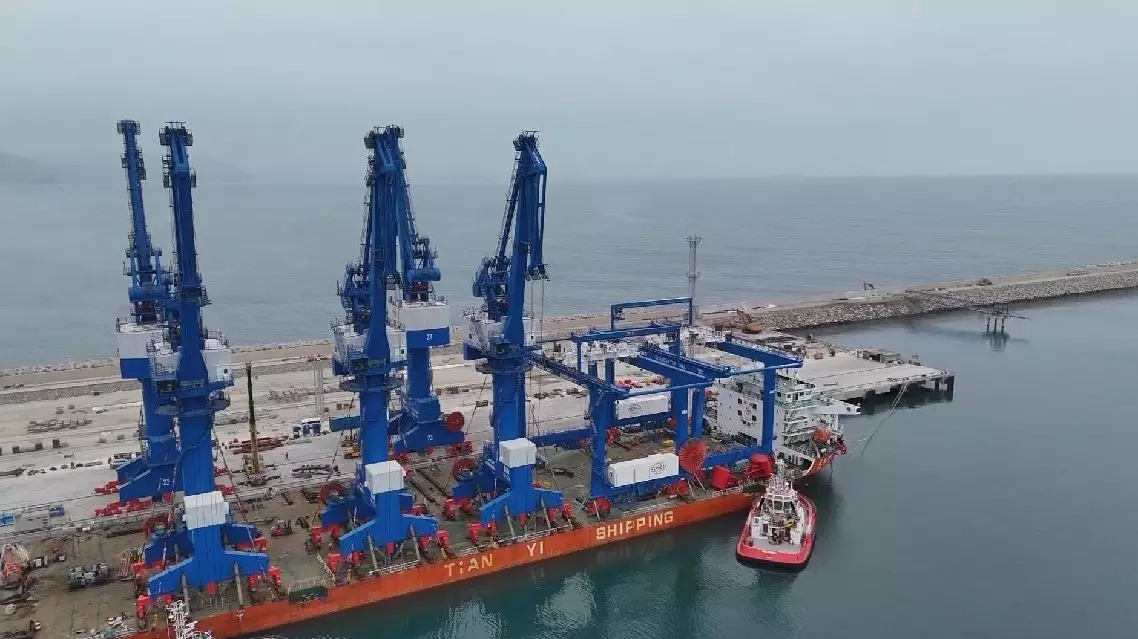
Chancay port set to boost South America-Asia trade, cement bilateral ties
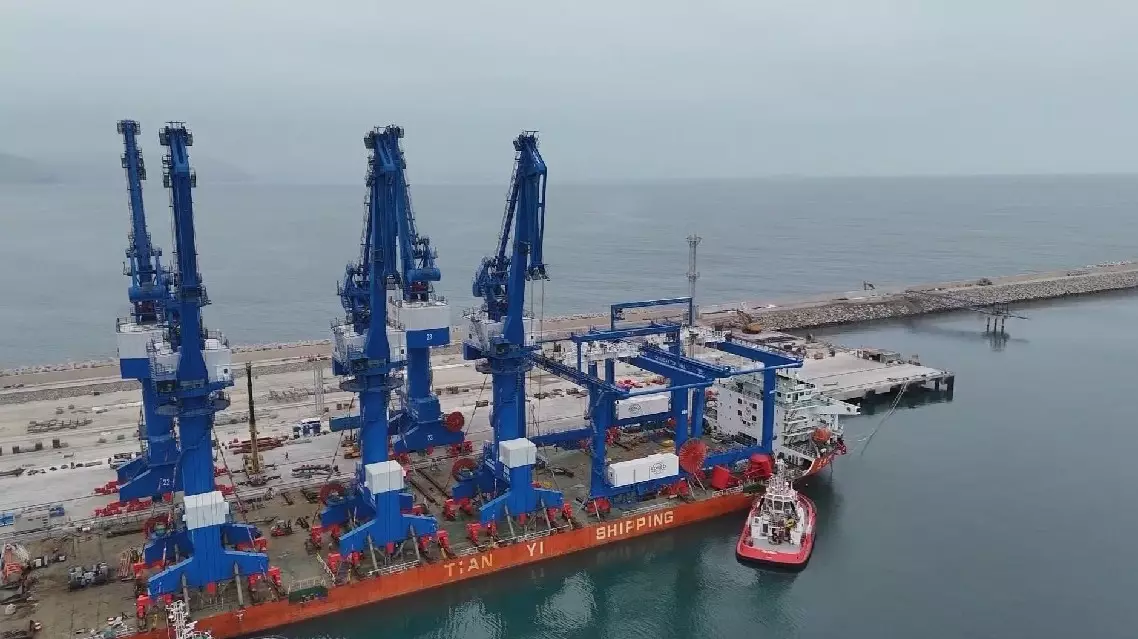
Chancay port set to boost South America-Asia trade, cement bilateral ties
Deputies to the 14th National People's Congress (NPC) have made suggestions on advancing the strategy of invigorating China through science and education and seeking development through innovation in meetings during the NPC's third session.
The suggestions echoed the government work report delivered by Chinese Premier Li Qiang at the opening meeting of the NPC annual session on Wednesday, highlighting efforts to implement the strategy, adhere to innovation-driven development and unleash the creativity of the digital economy.
Huang He, an NPC deputy from southwest China's Sichuan Province, said the report reviews China's breakthroughs and achievements in scientific research, which greatly boost confidence among the Chinese people.
Huang called for strengthened efforts to make the province a key area supporting innovation in western China.
"Chengdu serves as an innovation hub in western China, gathering a lot of original research and development achievements. I suggest accelerating the building of the city circle around Chengdu, while building Sichuan into a key supporting area for the national strategic hinterland and core supporting area for the important strategic backup. I also suggest categorized support for original innovation in big cities, and synergized support from middle-sized and small cities for the application and industrialization of innovation achievements, especially building Meishan into a pilot base," said Huang, also secretary of the Communist Party of China (CPC) Committee in Meishan City of Sichuan.
Lin Feng, an NPC deputy from northeast China's Heilongjiang Province, said the report lays out the development of new quality productive forces according to local conditions and the overall improvement of the national innovation mechanism.
"We empower the development of equipment products throughout their life cycle through digital and intelligent technologies, build a ship power and high-end energy equipment industry system with a full industrial chain of research and development , production, equipment supply and full-life integrated support services driven by efficient digital coordination, and create the core driving force for high-quality development of the science and technology industry. The advantages of school-enterprise cooperation are fully utilized, which has effectively promoted the deep integration of scientific, technological and industrial innovation," said Lin, also Party committee secretary and director of the No. 703 Research Institute under China State Shipbuilding Corporation Limited.
Li Zheng, an NPC deputy and sci-tech professional from south China's Guangdong Province, said the report maps out specific deployments to the artificial intelligence and robot industries, which inspires and encourages him a lot.
"At present, artificial intelligence and robots, as representatives of new quality productive forces, are increasingly becoming new heights of scientific and technological competition, new tracks for future industries, and new engines for economic development. As a researcher in the robotics industry, I have a few suggestions -- strengthen talent training and introduction and strengthen research on core technologies; introduce special supporting policies to help the industrial chain become autonomous and controllable; improve the ecosystem of the industrial chain and expand market application scenarios," said Li, also R&D manager of Guangdong Ucan Robot Technology Co., Ltd.
Jin Li, an NPC deputy from Shanghai, called for a full play to China's advantages in education so as to cultivate more innovative talents.
"Facing the tide of innovation and the changes in the world, we urgently need to cultivate a large number of young talents who like to think about solving problems from the root, and quickly transform the advantages of a big country in education into the advantages of a strong country in innovation. Therefore, schools need to build pilot areas for basic research and top innovative talent training, enhance the innovative ability training, and build a good ecology for innovation. Meanwhile, we need to cultivate people with a broad vision, and cultivate high-potential and multi-potential 'stem cell-type' talents to make the best preparations for the rapidly changing world. Our reform should give students the ability to build and construct knowledge structures independently to meet the country's needs for top-notch innovative talents," said Jin, also an academician of the Chinese Academy of Sciences and president of Fudan University.

NPC deputies make suggestions on education, innovation in echo with gov't work report



















